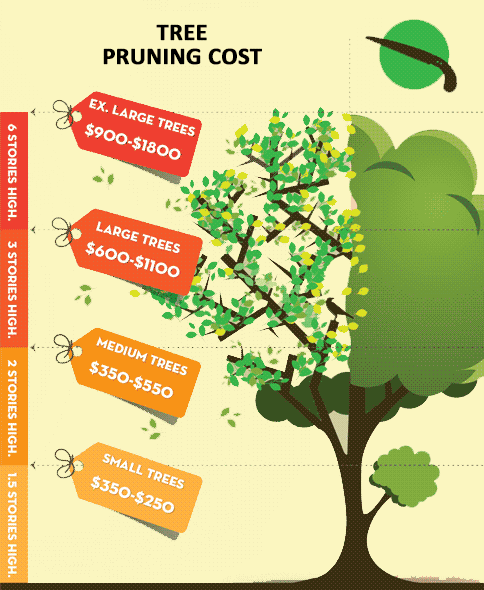Indicators It's Time To Remove A Tree - A Property Owner'S Overview
Indicators It's Time To Remove A Tree - A Property Owner'S Overview
Blog Article
Team Author-Siegel Long
Trees add elegance and worth to property, but they can additionally pose a danger throughout severe climate occasions. If a tree has quit growing, is showing visible fungal development, or has a leaning trunk, it must be gotten rid of by an expert to avoid residential property damages and injury.
To learn more, participate in a home owner source fair co-hosted by HPD, the Center for New York City Neighborhoods, and Brooklyn-based real estate companions this evening in Bedford-Stuyvesant. iron bridge property management will include the Home owner Manual, a new guide to aid home owners navigate the obligations of possessing a home.
1. Dead or Perishing Branches
Trees are an important part of your home's landscape, providing color and appeal. They additionally provide shelter for wildlife and produce oxygen, however also healthy trees can experience health problems that might demand their elimination. Dead or dying trees aren't just unattractive, they can be unsafe. Their branches could drop throughout a tornado, bring about costly home damages and injuries.
When a tree's branches begin to pass away, it means that its framework is beginning to break down. If the majority of its branches are dead, it is likely time to remove it.
Look for a lack of brand-new development, bark peeling, open injuries or tooth cavities, fungi growing on the trunk or roots and a basic look of decay in the entire cover. These signs of infection can suggest a severe issue that will certainly require professional tree solutions to deal with.
2. Leaning property manager maintenance
While it's regular for trees to lean from time to time as a result of phototropism, if a tree has an unsafe or severe lean that's not as a result of natural processes - maybe an indicator that the tree requires to be gotten rid of. If the tree is favoring a high-voltage line, home, automobile, play framework or any other location that could be harmful to individuals if it falls, after that getting in touch with an expert tree solution for removal should be a leading priority.
It's additionally essential to watch for any type of sudden changes in a tree's leaning as it can suggest damage to the origins or trunk that may result in falling. This is especially true during stormy weather, considering that high winds and rain-soaked dirt can trigger a lean to change rapidly. Normal tracking, especially throughout and after storms can assist home owners acknowledge potential issues with their trees so they can call an arborist for a complete assessment.
3. Parasite Invasion
Some pest problems, such as wood-boring bugs like emerald ash borer or sap-suckers like range insects, are so severe that they can trigger a tree to pass away. The very best way to prevent pest problem is to monitor your trees often. Look for spots, openings, or discolorations in the leaves and bark. Check out the trunk for splits and indicators of insect damage, such as tunnels or tracks.
If a tree comes to be as well ravaged with parasites, or is close to a home or high-voltage line, an arborist might advise removal. If a leaning tree develops a new, unpredictable lean, an arborist will likely suggest removal too to make certain the safety and security of individuals and residential or commercial property. If a weakened or dead tree consistently drops extreme branches, it is an indicator that it is time to eliminate the tree. If a tree continues to drop branches for an extensive time period, it can cause architectural problems and prospective residential property damages.
4. Harmed Trunk
Trees are a stunning and vital part of our landscape, but they do call for routine like keep them healthy and safe. If a tree is damaged irreparable it is most likely time for it to find down.
Seek indications of damages to the trunk, consisting of upright fractures, joints, dead branch stubs, visible wounds or open dental caries and extreme tree-rot. The visibility of fungi at the base of the trunk is an additional advising indicator. Fungis may indicate that the phloem and xylem (life-support cells) are endangered, enabling the spread of condition or a future failing.
Also, think about whether the tree has actually quit growing. Healthy and balanced trees will certainly have new development every year, which might show up as buds or branches growing and prolonging. If you do not see any type of new development, it's a good idea to have an arborist evaluate the tree and follow their suggestion for elimination. A dying or damaged tree can fall and cause building damages.